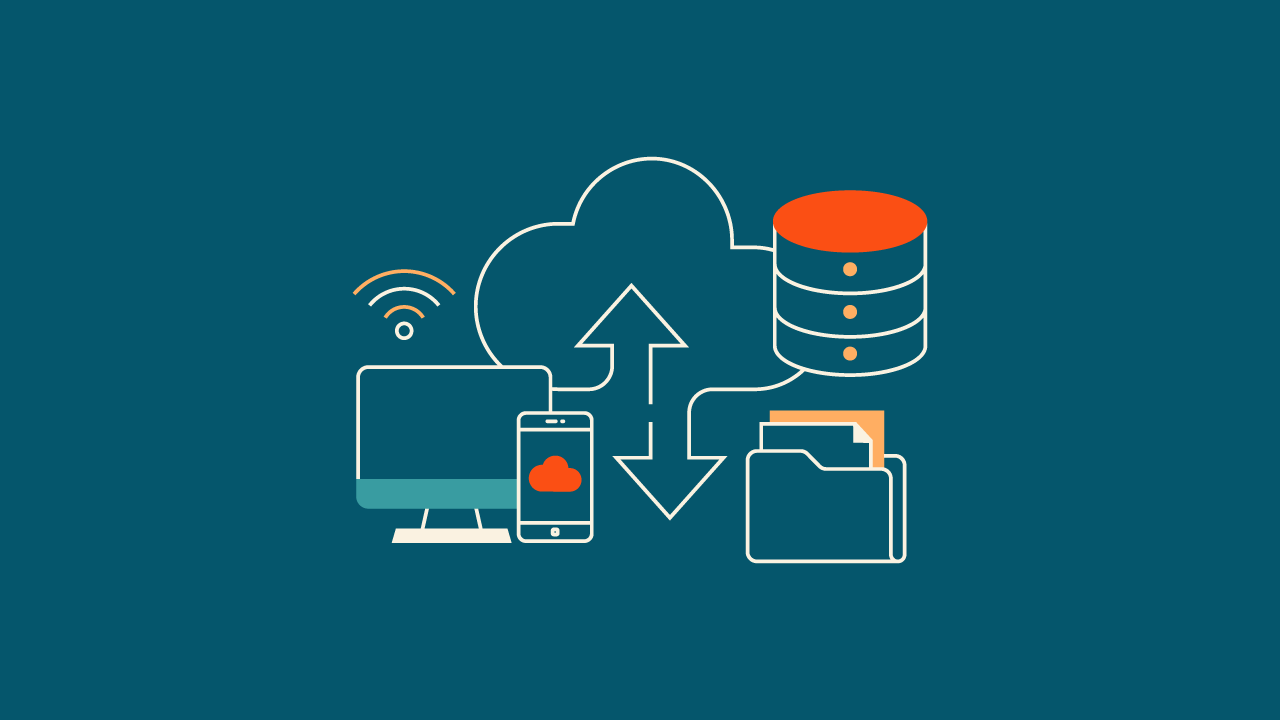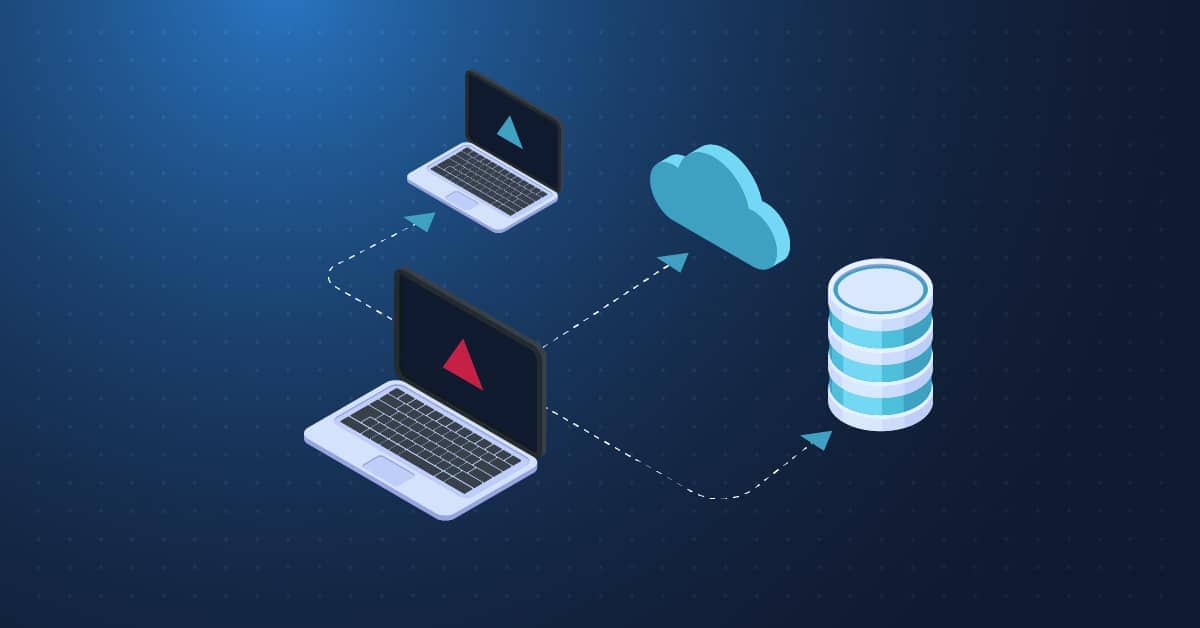Flexible Data Protector Online Backup Implementation Guide
Flexible Data Protector Online Backup Implementation Guide
Blog Article
Intuitive Online Images Backup Service Advantages
Organizations must overcome the crucial challenge of protecting their valuable information as digital data storage becomes more and more important. By offering safe and easily accessible storage for important data, cloud database backup offers a solution. In this article, we'll go over the significance and advantages of cloud database backup as well as the best methods for putting it into practice.
- Recognizing Cloud Database Backup
Modern Smb Backup Software For Remote Work
The act of storing copies of your database online in a remote server or data center is referred to as cloud database backup. It offers an off-site backup option that guarantees data redundancy, hardware fail-safeness, natural disaster defenses, and cyber threats. Backup Vs Storage.
- Benefits of cloud database backup
Innovative Backup Solution For Media Ultimate Guide
Compared to conventional backup techniques, cloud database backup offers a number of benefits. These comprise:

Data redundancy: By storing data across multiple servers, hardware failures and disasters are less likely to cause data loss.
Scalability: Depending on your needs, cloud backup makes it simple to scale up or down your storage needs.
Accessibility: With cloud backup, any device with an internet connection can access your data whenever, wherever you want.
Cost-effectiveness: Cloud backup eliminates the need for pricey backup personnel, infrastructure, and maintenance.
Automated Backups: By automating scheduling and incremental backups, cloud backup services frequently eliminate the need for manual labor.
Accessible Msp Backup Software Quick Guide
- Selecting a Cloud Database Backup Service:
Think about the following when choosing a cloud database backup provider:
Real-time Saas Backup Tool Market Analysis
- Security Measures: Make sure the service provider uses strong security measures like compliance certifications, access controls, and encryption.
- Reliability: Look for businesses that have a solid reputation for dependability and high uptime assurances.
- Scalability: Verify that the service provider provides storage options that can adapt to your expanding data requirements.
For quick and effective data transfers, take into account the provider's network infrastructure and bandwidth capabilities.

- Using cloud database backup to implement:
Offsite Cloud Native Backup Key Features
Follow these best practices to implement cloud database backup successfully:
- Define Backup Policies: Clearly specify your backup needs, including the frequency, retention, and recovery point goals.
- Encryption: To guarantee the confidentiality and integrity of your data, encrypt it before moving it to the cloud.
- Regular Testing: To ensure that your backups are accurate and complete, regularly test the restoration process.
Implement monitoring and alerting mechanisms to quickly identify problems or failures in the backup procedure.
- Disaster Recovery Plan: Create a thorough disaster recovery plan that outlines how to retrieve data in the event of an emergency.
High-performance Backup As A Service Cloud For Startups

- Managing a backup cloud database
Continuous monitoring and upkeep are necessary for managing cloud database backup. Take into account the following advice:
Tailored Windows Offsite Backup Security Assessment
- Regularly Monitor Backups: Keep an eye on the backup procedure to make sure it's finished successfully and quickly fix any mistakes or failures.
Update Backup Policies: To keep up with evolving business requirements and compliance requirements, periodically review and update your backup policies.
- Retention Management: Depending on business priorities and legal requirements, control how long your backups are kept.
Implement data archiving techniques to transfer rarely accessed data to cost-effective storage tiers while maintaining visit this web-site accessibility.
Periodic Reviews: Examine your cloud database backup strategy on a regular basis to spot areas for improvement and make sure it aligns with company objectives.
What's Important:
Comprehensive Remote Backup Appliance Expert Opinions
- Cloud database backup offers advantages like data redundancy, scalability, accessibility, cost efficiency, and automated backups for secure and accessible storage of important data.
- When selecting a provider, take security precautions into account, as well as dependability, speed of data transfer, and reliability.
Creating backup policies, encryption, routine testing, monitoring and alerting, and creating a disaster recovery plan are all steps in the implementation of cloud database backup.
Regularly monitoring backups, updating backup policies, managing retention, implementing data archiving, and conducting periodic reviews are all necessary to effectively manage cloud database backup.
Keep in mind that protecting the sensitive data in your organization requires the implementation of a strong cloud database backup strategy. To guarantee data security, accessibility, and business continuity, embrace cloud backup's power.
Scalable Dell Servers Explained
Key Takeaways or a related phrase:
Data redundancy and protection from hardware failures or disasters are guaranteed by cloud database backup.
Scalability, accessibility, cost-effectiveness, and automated backups are some of the advantages.
When selecting a provider, take security precautions into account, as well as dependability and data transfer speed.
- Adopt best practices like encryption, regular testing, monitoring and alerting, disaster recovery planning, and backup policies.
Monitoring backups, updating policies, managing retention, putting data archiving into place, and conducting periodic reviews are all part of effective management.
Report this page